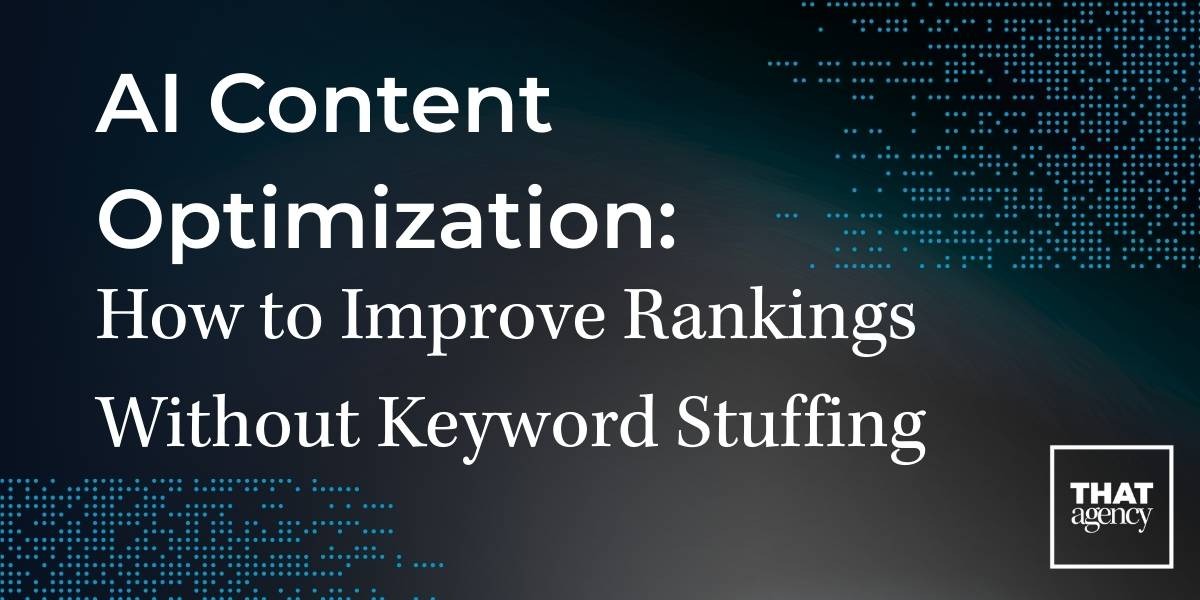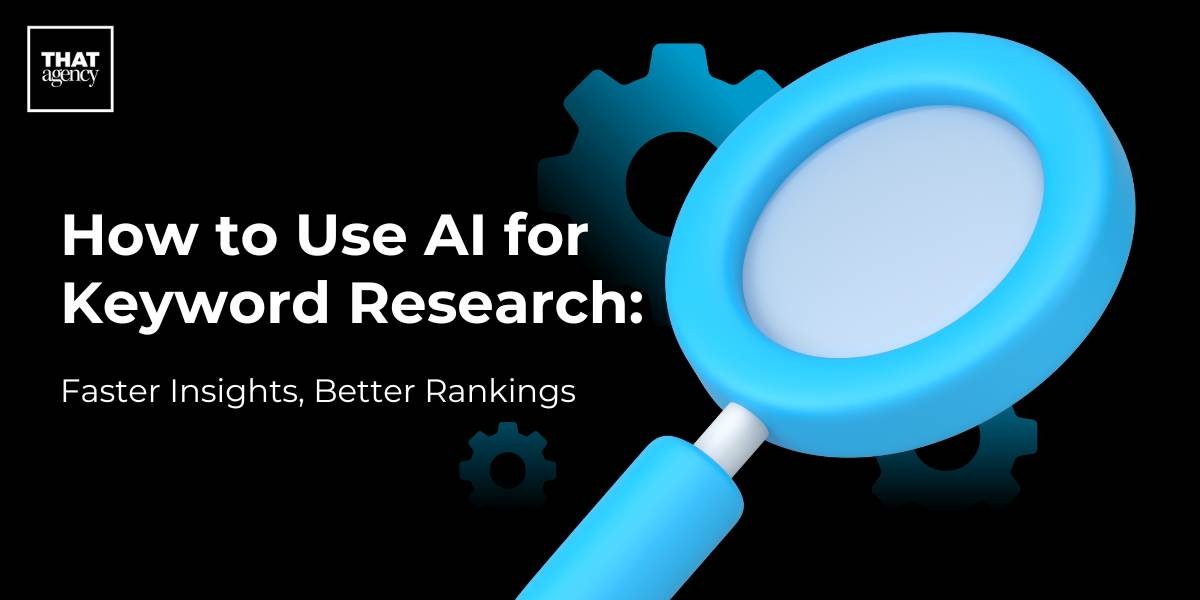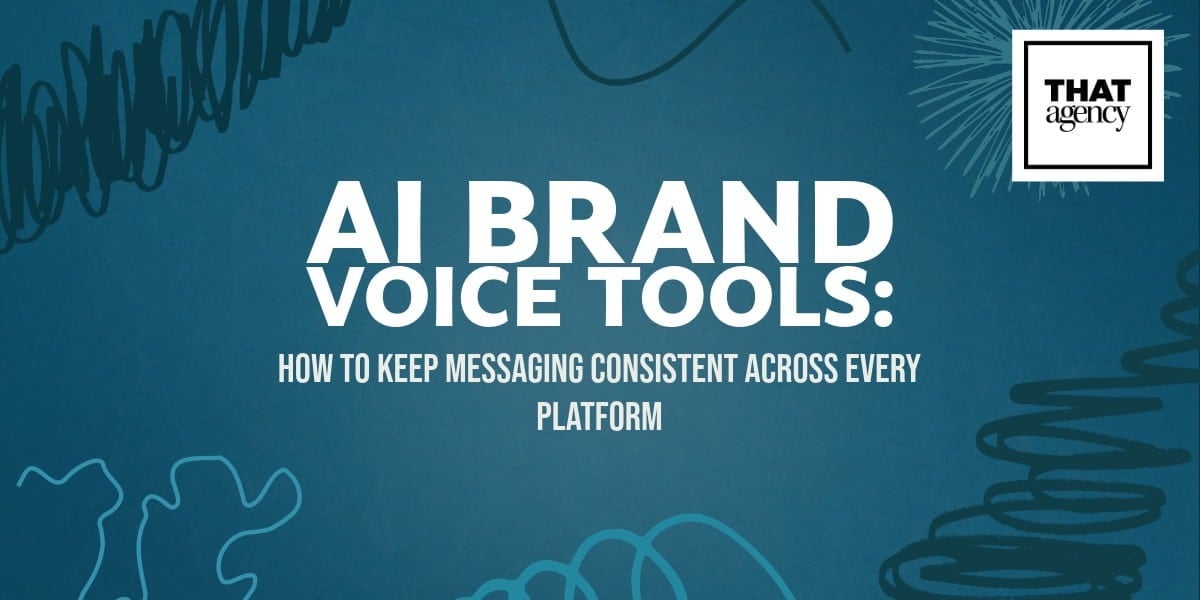It’s no secret that you need to deliver value to your customers through your marketing to keep them around, but how do you know which value is right for them? If you have multiple products or service offerings you might be stuck between sending them two or three things, so how do you choose the right option? As marketers, this is often a quandary we come across and using lifecycle marketing can help us untangle our minds and deliver the right message.
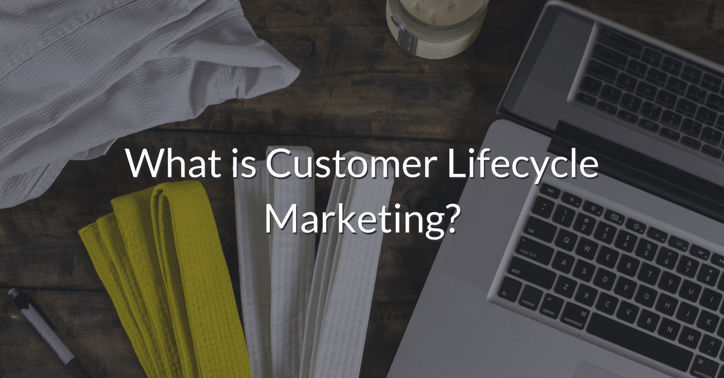
Take a step back
Stop focusing on the different offerings you can give them and focus on the needs your customers are searching for. If you’re too focused on pushing your services onto your customers your message comes across as pushy, and nobody likes a salesperson who only looks to close.
Focus on solving the challenges your customers (or prospective customers) are facing and you’ll move up a peg or two in their minds. You’ll become their solution and subsequently move them further along in your marketing or sales funnel.
You might be asking yourself, “What are my customer’s needs?” or “What challenges do my prospective customers face?”. These are common questions that need to be answered in order to effectively target your audience and deliver an effective marketing message. Once you have the answers to these questions, you can start to understand the full scope of the decision process your customers go through, and can target based on where they fall in the process.
Customer Lifecyle Marketing
When you have an understanding of the problems and challenges your audience has in their decision-making process, you’ll be able to provide them with opportunities and solutions based on how close they are to making a purchasing decision.
Customer Lifecycle Marketing is a marketing strategy that supports the progression of prospects and customers through marketing and sales funnels by delivering highly targeted and personalized messages to reinforce a purchasing decision.
This process requires an in-depth understanding of your target audience or buyer personas so you can deliver contextual marketing messages. This way, you’ll be able to speak directly to the challenges they’re facing and provide them with a logical solution that simultaneously pulls them closer to making a purchase.
The Customer Lifecycle
As an inbound marketing agency, we view the customer lifecycle a bit differently than the traditional AIDA model. Instead, we take a more modern approach and see the decision-making process as a process with 4 similar stages that encapsulate the entire customer experience: Awareness, Consideration, Decision, Delight.
Awareness
This is where the customer either recognizes the challenge or issue in front of them and start their research into what they’re up against. This could be stumbling across a blog or a video that explain something they know they need to work on or something they didn’t even know they could do. In other words, they become aware of the need of a change that needs to be made. These users can be identified as subscribers, or new leads.
When you’re creating content geared towards the awareness stage, it’s important that you focus completely on the customer, not the solution you provide for them. This way, they can keep thinking about themselves and learn more about the situation they’re in.
Consideration
The consideration stage is where they start to do more research on their available options. It’s the exploration of their next step and weighing the pros and cons between those options. These users can be identified as leads, more specifically marketing qualified leads.
It’s also important to keep the content you create in the consideration phase all about the prospect’s challenges or problems. They’re aware of the situation they’re in, and are exploring the next logical step. Focus on giving them the next step but in a non-branded way. This can be extremely difficult but equally as important as you don’t want to push a sale onto them and ultimately push away a sale.
Decision
This is where your branded products or services come into the picture. They’ve become aware of the challenge that faces them, considered their next step in overcoming those challenges, and are looking to make a decision on what to purchase in order to solve their problems. These people can be identified as sales qualified leads or opportunities as they're ready to make a purchasing decision.
Even though this is where you officially come into the picture, you can’t just drop their needs and focus on your products. Customer lifecycle marketing is built upon delivering relevant marketing messages to those who are ready for the next step in their decision-making process, so make sure the branded messages you provide them with a valuable opportunity to solve their problems.
Delight
Congrats! You made the sale but it definitely doesn’t stop there. Now it’s all about retention. Get feedback. See what they thought about your product or service and see how you can improve. Ask them questions about their decision-making process and the experience they had with your team.
Now that they’ve converted into customers, it’s much easier to ask these types of questions. However, as you can probably tell if you’ve read this far, you can’t just focus on things that will bring in more sales for your company. Focus your questions and customer delight efforts on how you can continually provide value to your customers and prospective customers.
After the delight stage, it’s time to start over and constantly improve your lifecycle marketing efforts to increase the effectiveness of your digital marketing efforts.
Why Customer Lifecycle Marketing Works
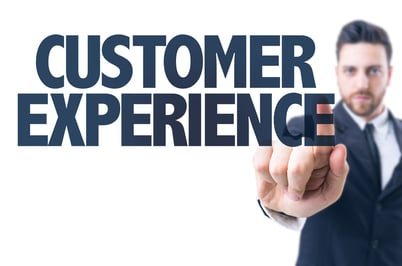
This type of marketing works because of the relevancy it provides your marketing. No one likes to have obstacles in their way, but at the same time people don’t like to be told what they need to overcome them. Welcome to the marketer’s dilemma. This type of marketing coupled with inbound marketing empowers customers to discover the solutions they need on their own terms.
Instead of only focusing on the end result (a sale), lifecycle marketing recognizing the lengthy decision-making process leading up to purchases and provides value throughout the entire journey. Even though every piece of content might not focus on the products or services you can provide them, the answers you provide for them are subtleties that reinforce you as a leader in your space.
Ultimately, people like to think about themselves. When you turn your marketing messages into solutions for their problems, you keep them in a state of thought that centers around their specific situation, which, in turn, keeps them engaged. They’ll stay in this frame of mind until they recognize they can’t fix it themselves, and you’ll be right there top of mind for them to turn to.
Keep your business out of it as long as you can.
Subtleties work, and simplicity is extremely effective. People are capable of searching and finding any information they need with the few clicks or taps of their fingers. They don’t need to be told what is right for them. Over the last decade or so people have become great at ignoring irrelevant ads, so why waste your money?
When people see irrelevant ads, they tune it out. They feel as if you see them as just another sales opportunity. Another consumer that might take the bait of a generalized message. It’s not personal.
People enjoy doing business with people. Customer lifecycle marketing puts the customer and their needs at the forefront of your marketing efforts to deliver a brand experience that has context. These means, everything is done for a reason, and is presented in a way that speaks to their specific needs at that specific time.
Meet people where they are, not where you want them to be.
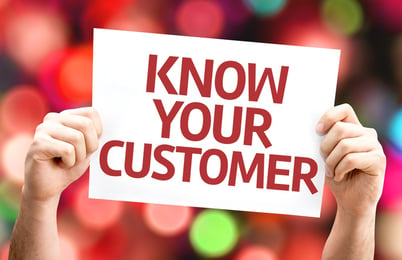
This is the biggest mistake marketers make today. We’re all guilty of it. I often find myself halfway through an email and catch myself typing something that simply doesn’t make sense based on the engagement the user took. It’s extremely important to remember that you need to speak to where they are in the decision process, and deliver them the value they need to progress them to the next stage.
On the other hand, if you get a prospect that is looking to make a purchase right away, don’t send them information meant for someone in the awareness stage. This might seem like a no-brainer, but just because you spent the time setting up a process for the entire funnel doesn’t mean everyone has to start at the beginning.
The Importance of Content Mapping

Content is the key to success if you want your prospects to organically discover the value you can provide them. However, it’s not just about posting as many blogs as you can write or directing videos just to say you’re a part of the video marketing movement. Before you create a piece of content, as yourself “What will my target audience get out of this?”.
Answering this question will help you determine not only the topic of the content, but also what lifecycle stage it’s geared towards as well as the best format. Content mapping will help you separate your content into the different lifecycle stages and can identify potential holes and opportunities in your content strategy.
Content Mapping will also show you the overall value your delivering to your customers in each lifecycle stage. Does your content align with your company’s vision? Does your content back up the value your products or services deliver? Your site’s content keeps the conversation going with your customers and it’s important that it speaks to the situation they’re in so you can maintain your position as their solution.
Closing Thoughts
Segmenting your contacts in your CRM can be tough, especially if you’re unsure of where to start. To successfully implement lifecycle segmentation in your marketing strategy, you need to establish what actions and attributes determine each lifecycle stage. What puts someone in the awareness stage? Are they closer towards the consideration stage or are they at the very beginning? Having a clear understanding of what qualifies each lifecycle stage is the first step to successfully executing this highly targeted segmentation tactic.
If you don’t know where to start, or need help executing your lifecycle marketing strategy, you might consider reaching out to an inbound marketing agency. They’ll be able to sit down with you and develop a strategy that’s specific to your customer base and align the challenges they have with the value you can deliver.
Remember, it’s all about the customer and empowering them to discover the value you can provide them at each step on their journey towards a purchase decision.

